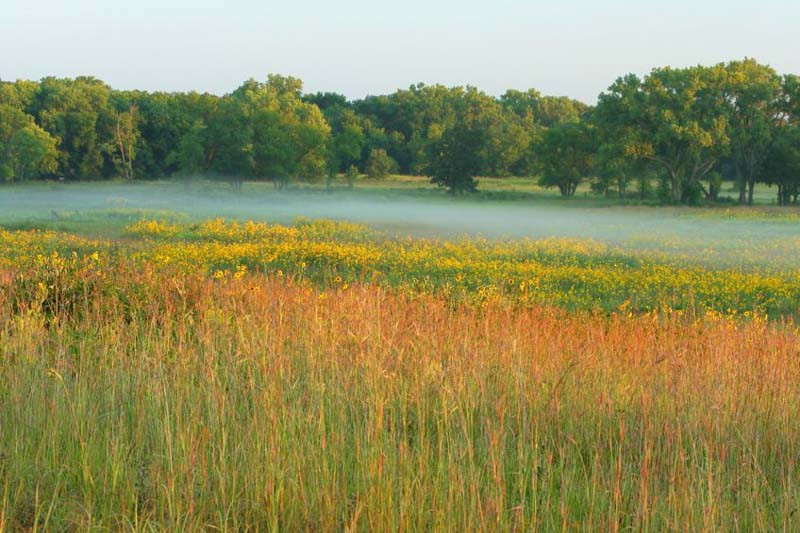Hardiness Zone 4 - The Best Plants to Grow in Your Garden
USDA Hardiness Zone 4 is characterized by a cold climate with average minimum winter temperatures ranging from -30°F to -20°F (-34.4°C to -28.9°C). Despite the challenging conditions, gardeners and landscapers can create thriving landscapes in Zone 4 by selecting cold-hardy plants and implementing specific gardening techniques.
Native plants, which have evolved to thrive in the region’s conditions, are often ideal choices. Some trees, shrubs, perennials, and annuals suitable for Zone 4 include:
- Trees: Red Maple (Acer rubrum), Eastern White Pine (Pinus strobus), and American Mountain Ash (Sorbus americana).
- Shrubs: Bottlebrush Buckeye (Aesculus parviflora), Redtwig Dogwood (Cornus sericea), and Black Chokeberry (Aronia melanocarpa).
- Perennials: Lupine (Lupinus spp.), Coneflower (Echinacea spp.), and Coral Bells (Heuchera spp.).
- Annuals: Cosmos (Cosmos bipinnatus), Nasturtium (Tropaeolum majus), and Sunflower (Helianthus annuus).

